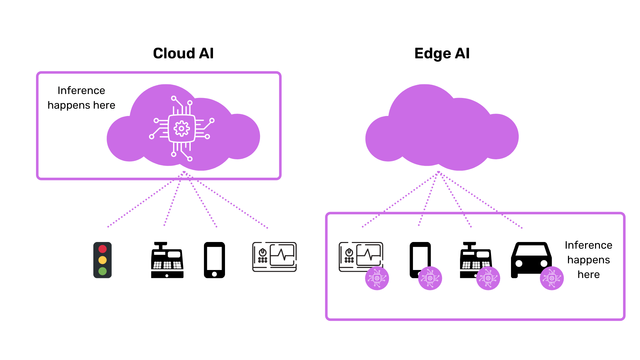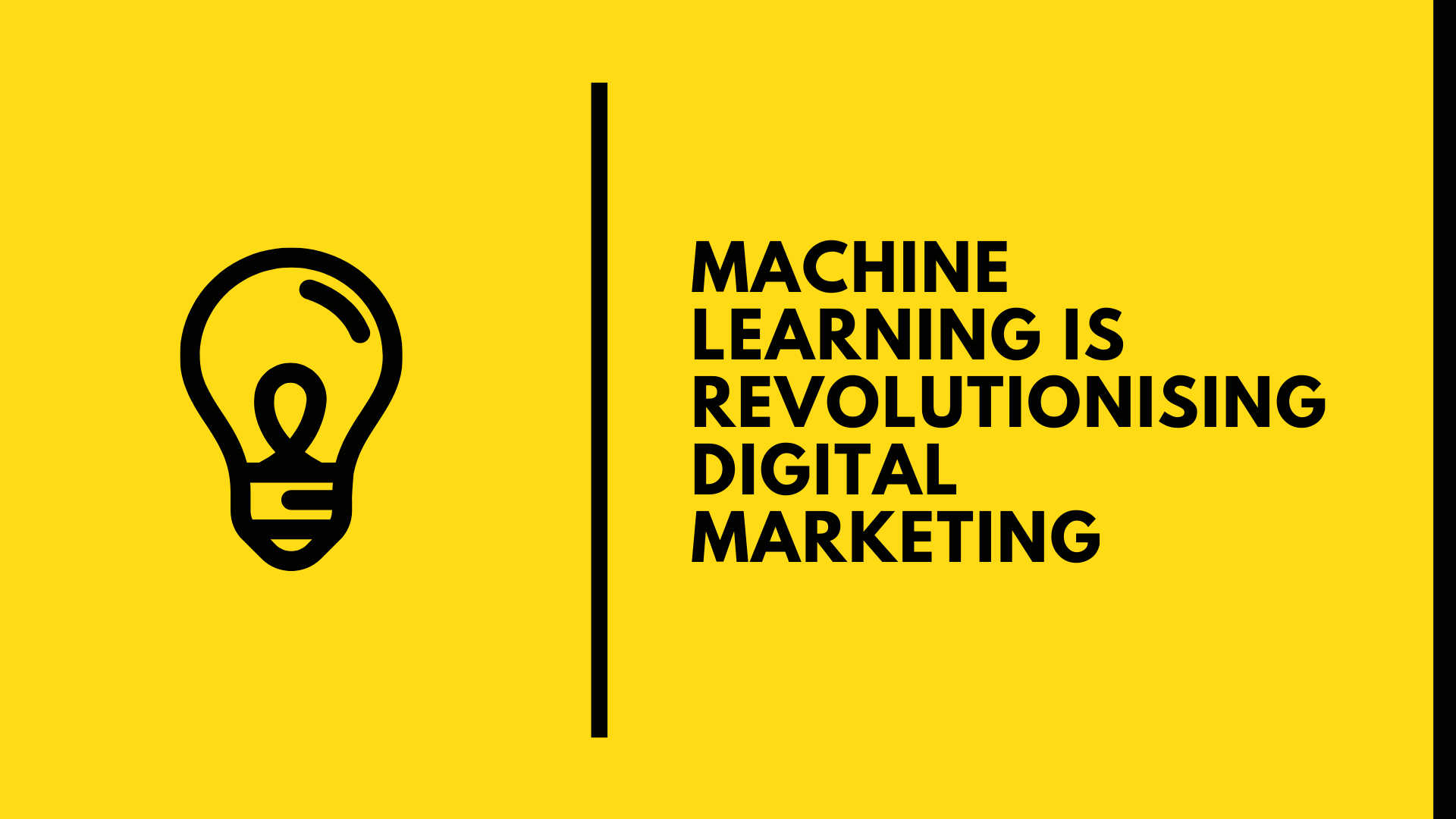
Applied machine learning allows you to use ML to solve real-world problems. In real life, machine learning is used to identify patterns in data. For example, Netflix recognizes sci-fi movie patterns. In other applications, it could help detect cancer in mammograms. This is what we call "nearfield" machine-learning. Here are some examples of problems that could be solved with ML. But which are the most effective applications of machine-learning?
Machine learning: Applications
Machine Learning is a growing field due to the availability of large data sets. Specifically, machine learning algorithms have a multitude of applications, including classification, regression, clustering, and dimensionality reduction. Machine Learning has been proven to be extremely useful in many fields including image classification, speech recognition and web search. Machine Learning can even be used to power online services, such as Netflix with over 100 million subscribers. Here are five of Machine Learning’s most used Applications.
Machine learning is most commonly used in enterprises. This technology is often used in manufacturing systems and enterprise finance. Machine learning can accelerate software testing. It can help you create faster, more efficient software. Another use is in decision support. Machine learning can analyze many scenarios and make recommendations based off the results. Machine learning technology can be used to detect workplace safety breaches. Although some cases may be very specific, machine learning technology is being used by many companies today.

Tools available for machine learning
There are many tools that can be used to apply machine learning. Mallet (a Java-based package; full name Machine Learning for Language Toolkit), is an example of a tool that allows for entity extraction and document classification in text documents. Shogun, which is an open source C++ library, provides text analysis tools with interfaces to many languages. Keras, a sophisticated neural network API, offers a complete managed environment to create and deploy ML model.
Another machine learning tool that is useful is the NumPy Library. It replaces Numeric. It allows multidimensional arrays to be created, matrices to be used, as well as linear algebra capabilities. NumPy provides higher-order mathematical operations, such as those used for scientific computations. This software allows you create machine-learning models from multiple input data.
Methods of applying machine learning on a problem
Machine learning is a broad field with many applications. One example is a mobile app for pet shops that can sell various types of food. It might also allow the store to modify the type of dog it sells. This is why it is important to have the most current information. Additionally, data is more relevant when there are many business features, such prices and service areas. Data should also be labeled to make it easier for machines to understand them.
Several applications of machine learning in materials science have been made. Table 1 displays the properties predicted by machine learning algorithms for a variety of materials. These properties provide a good example for current challenges in computational materials sciences and potential strategies to overcome them. Machine learning has been used in a number of studies to map composition spaces within a matter of hours. Read on to learn more about machine-learning in materials science.

Purdue University's Applied Machine Learning Bootcamp
Simplilearn’s Applied Machine Learning online course was created in collaboration with Purdue University. It is a virtual Bootcamp that lasts four months. Top-notch education and mentorship are available to students. Course content covers the basics of ML/data science. Students can also participate in hands-on activities and take virtual classes. Instructors share hands-on experiences and provide a global perspective about machine learning.
Faculty, students, and experts from the industry participated in the bootcamp. Cross-disciplinary collaborations were possible thanks to the central focus on causal machines learning and Big Observatoryal Data. Purdue's partnership with IBM brings industry-aligned content and academic excellence to the program. Because of this, the class sizes are small enough to allow for maximum interaction with students and provide hands-on experience. External speakers will present new findings and discuss current technologies and challenges.
FAQ
Where did AI originate?
Artificial intelligence was created in 1950 by Alan Turing, who suggested a test for intelligent machines. He stated that a machine should be able to fool an individual into believing it is talking with another person.
The idea was later taken up by John McCarthy, who wrote an essay called "Can Machines Think?" In 1956, McCarthy wrote an essay titled "Can Machines Think?" He described the problems facing AI researchers in this book and suggested possible solutions.
What does AI mean for the workplace?
It will change the way we work. It will allow us to automate repetitive tasks and allow employees to concentrate on higher-value activities.
It will improve customer service and help businesses deliver better products and services.
It will allow us to predict future trends and opportunities.
It will enable organizations to have a competitive advantage over other companies.
Companies that fail AI will suffer.
What is the newest AI invention?
Deep Learning is the newest AI invention. Deep learning (a type of machine-learning) is an artificial intelligence technique that uses neural network to perform tasks such image recognition, speech recognition, translation and natural language processing. Google developed it in 2012.
Google was the latest to use deep learning to create a computer program that can write its own codes. This was accomplished using a neural network named "Google Brain," which was trained with a lot of data from YouTube videos.
This enabled the system to create programs for itself.
IBM announced in 2015 that it had developed a program for creating music. Another method of creating music is using neural networks. These are called "neural network for music" (NN-FM).
Who created AI?
Alan Turing
Turing was born 1912. His father was clergyman and his mom was a nurse. He was an excellent student at maths, but he fell apart after being rejected from Cambridge University. He discovered chess and won several tournaments. He returned to Britain in 1945 and worked at Bletchley Park's secret code-breaking centre Bletchley Park. Here he discovered German codes.
He died on April 5, 1954.
John McCarthy
McCarthy was born in 1928. Before joining MIT, he studied mathematics at Princeton University. He developed the LISP programming language. He was credited with creating the foundations for modern AI in 1957.
He passed away in 2011.
What is the role of AI?
An artificial neural network is composed of simple processors known as neurons. Each neuron receives inputs from other neurons and processes them using mathematical operations.
The layers of neurons are called layers. Each layer serves a different purpose. The first layer receives raw data like sounds, images, etc. It then sends these data to the next layers, which process them further. Finally, the last layer generates an output.
Each neuron has an associated weighting value. This value gets multiplied by new input and then added to the sum weighted of all previous values. The neuron will fire if the result is higher than zero. It sends a signal up the line, telling the next Neuron what to do.
This continues until the network's end, when the final results are achieved.
Statistics
- The company's AI team trained an image recognition model to 85 percent accuracy using billions of public Instagram photos tagged with hashtags. (builtin.com)
- More than 70 percent of users claim they book trips on their phones, review travel tips, and research local landmarks and restaurants. (builtin.com)
- Additionally, keeping in mind the current crisis, the AI is designed in a manner where it reduces the carbon footprint by 20-40%. (analyticsinsight.net)
- In 2019, AI adoption among large companies increased by 47% compared to 2018, according to the latest Artificial IntelligenceIndex report. (marsner.com)
- A 2021 Pew Research survey revealed that 37 percent of respondents who are more concerned than excited about AI had concerns including job loss, privacy, and AI's potential to “surpass human skills.” (builtin.com)
External Links
How To
How to set up Amazon Echo Dot
Amazon Echo Dot, a small device, connects to your Wi Fi network. It allows you to use voice commands for smart home devices such as lights, fans, thermostats, and more. You can use "Alexa" for music, weather, sports scores and more. You can make calls, ask questions, send emails, add calendar events and play games. Bluetooth speakers or headphones can be used with it (sold separately), so music can be played throughout the house.
Your Alexa-enabled device can be connected to your TV using an HDMI cable, or wireless adapter. You can use the Echo Dot with multiple TVs by purchasing one wireless adapter. You can pair multiple Echos together, so they can work together even though they're not physically in the same room.
These are the steps you need to follow in order to set-up your Echo Dot.
-
Turn off your Echo Dot.
-
Connect your Echo Dot to your Wi-Fi router using its built-in Ethernet port. Make sure the power switch is turned off.
-
Open the Alexa App on your smartphone or tablet.
-
Select Echo Dot from the list of devices.
-
Select Add New Device.
-
Choose Echo Dot, from the dropdown menu.
-
Follow the instructions on the screen.
-
When prompted, enter the name you want to give to your Echo Dot.
-
Tap Allow access.
-
Wait until your Echo Dot is successfully connected to Wi-Fi.
-
Repeat this process for all Echo Dots you plan to use.
-
Enjoy hands-free convenience